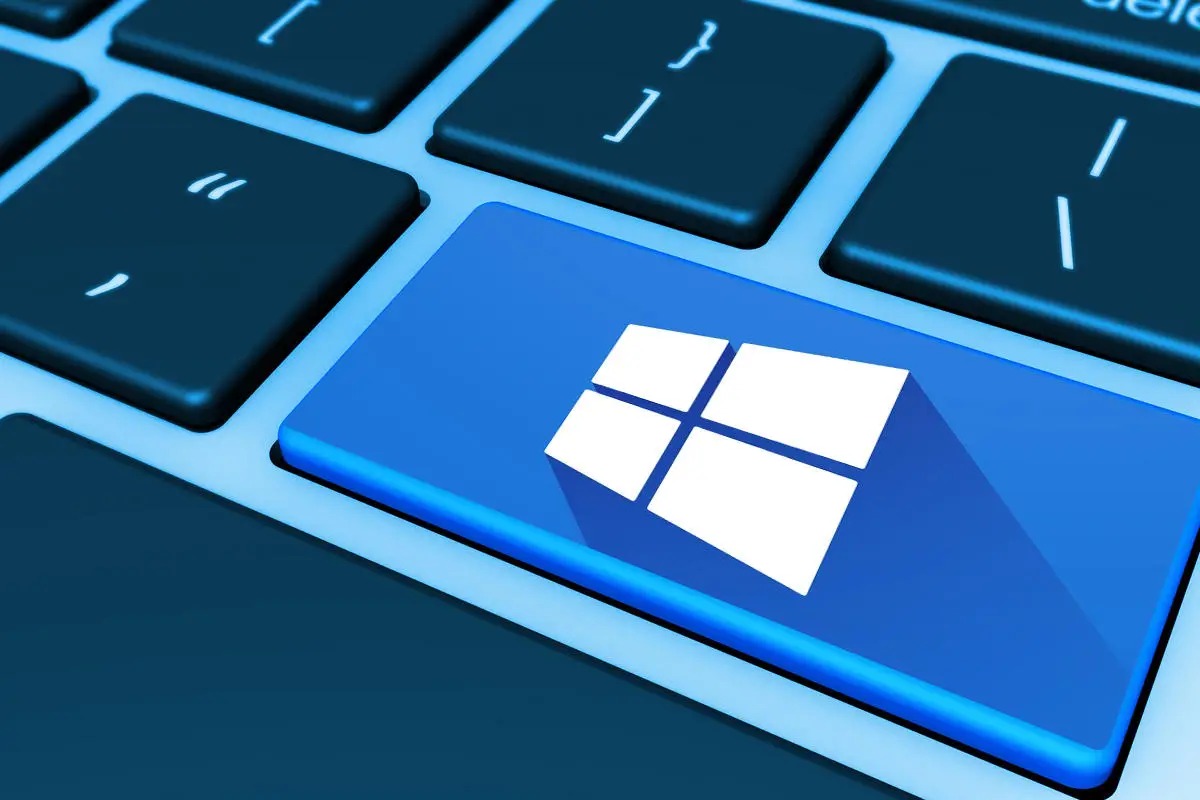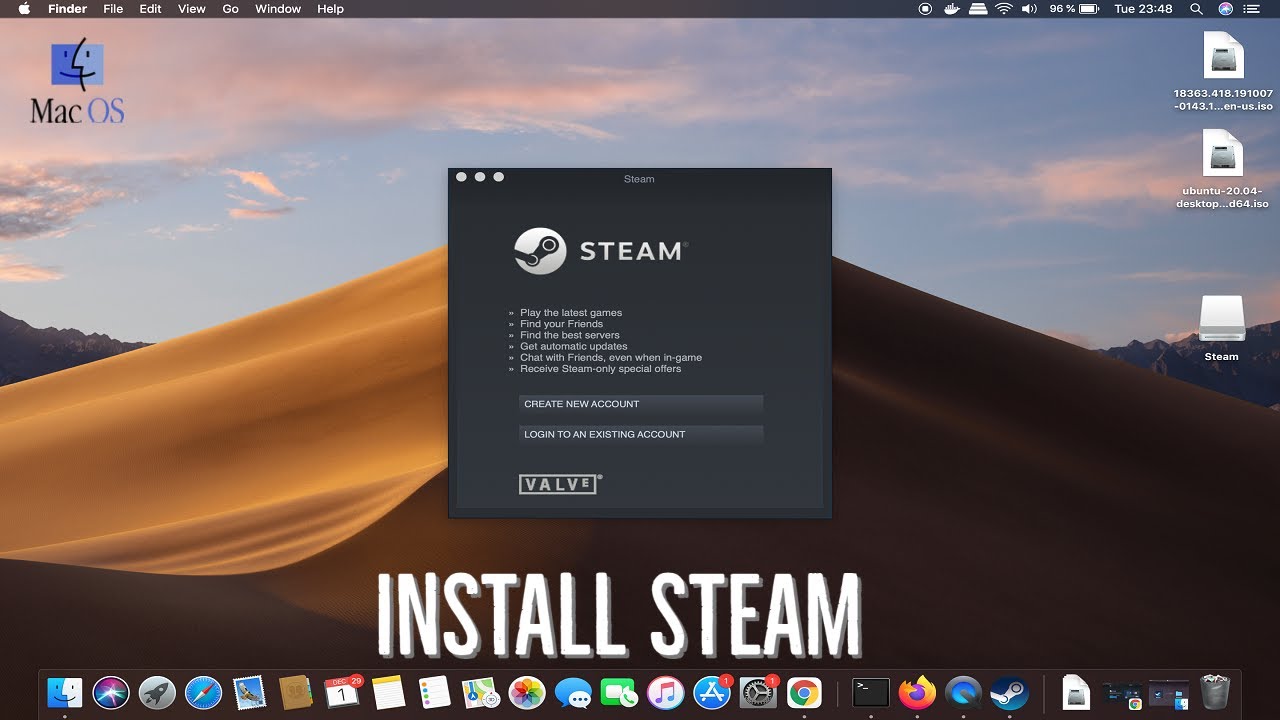Introduction:
Downloading files onto your laptop is a common task that allows you to access a wide range of content, from software programs to music, videos, and documents. Whether you are a student, professional, or simply an avid media consumer, knowing how to download files onto your laptop is a valuable skill.
In this article, we’ll guide you through the step-by-step process of downloading files onto your laptop. We’ll cover everything from finding reliable sources and choosing the right file to troubleshooting common download issues. By the end of this article, you’ll be equipped with the knowledge to confidently and efficiently download files onto your laptop.
Before we dive into the specifics, it’s important to note that downloading files should always be done from trusted websites and sources. This helps ensure that the files you download are legitimate and free of viruses or malware. It’s also essential to have a stable internet connection to ensure smooth and uninterrupted downloads.
So, whether you’re looking to download a new software program, get your hands on the latest music album, or access important documents, follow the steps outlined in this article to successfully download files onto your laptop.
Step 1: Determine the file you want to download:
The first step in downloading a file onto your laptop is to determine the specific file you want to download. This could be anything from a software program, a document, a music album, a video, or any other type of file.
Before starting the download process, it’s important to have a clear idea of what you’re looking for. This could be a specific file name, a description of the file, or even keywords related to the content you’re searching for.
If you’re not sure about the exact file you want to download, take some time to browse through reputable websites or platforms that offer the type of content you’re interested in. For example, if you’re looking for a new software program, you can visit software download websites or the official website of the software developer.
Additionally, consider the purpose or usage of the file you want to download. Are you downloading it for personal use, work-related tasks, or entertainment purposes? Understanding the purpose of the file will help you determine its relevance and ensure that it meets your specific needs.
Keep in mind that it’s important to download files legally and respect copyright laws. Make sure that you have the necessary permissions to download the file and that you’re not infringing on any intellectual property rights.
Once you have a clear idea of the file you want to download, you can proceed to the next step, which involves choosing a reliable download source.
Step 2: Choose a reliable download source:
When it comes to downloading files onto your laptop, it’s crucial to choose a reliable and trustworthy source. This ensures that the file you download is safe, free from viruses or malware, and of good quality.
Here are some tips to help you choose a reliable download source:
- Verify the source: Look for well-known and reputable websites or platforms that specialize in file downloads. Consider using official websites or trusted sources recommended by reliable sources such as tech forums or industry experts.
- Read user reviews: Before downloading a file from a particular source, take some time to read user reviews and ratings. This will provide insights into the experiences of other users and help you assess the reliability and quality of the downloads offered.
- Check for security measures: Ensure that the download source has security measures in place, such as encryption protocols or secure connections (HTTPS). This helps protect your personal information and prevents unauthorized access to your device.
- Avoid suspicious websites or links: Be cautious of websites that display numerous ads, pop-ups, or suspicious links. These could be indicators of unreliable sources that may compromise the integrity of your device or the file you’re downloading.
- Use trusted marketplaces: For certain types of files, such as software programs or mobile apps, consider downloading from trusted marketplaces like Microsoft Store, Apple App Store, or Google Play Store. These platforms have rigorous review processes, ensuring the files are safe and functional.
By choosing a reliable download source, you can significantly reduce the risk of downloading files that could harm your laptop or compromise your data. Once you’ve identified a trustworthy source, proceed to the next step to open your web browser and start the download process.
Step 3: Open your web browser:
Once you have determined the file you want to download and chosen a reliable source, it’s time to open your web browser to initiate the download process. The web browser is the gateway to the internet, allowing you to access websites and download files.
Here’s how you can open your web browser:
- Locate the web browser icon: Look for the icon of your preferred web browser on your laptop’s desktop, taskbar, or Start menu. Commonly used web browsers include Google Chrome, Mozilla Firefox, Microsoft Edge, and Safari.
- Click on the web browser icon: Once you have located the web browser icon, simply click on it to launch the browser. The web browser window will open, displaying a start page or a custom homepage if you have set one.
- Maximize the web browser window: If the web browser window opens in a minimized or reduced size, click on the maximize button in the top right corner of the window to enlarge it to full screen. This provides a better viewing experience and allows you to navigate and interact with web pages more easily.
Once your web browser is open and maximized, you are ready to proceed to the next step: searching for the file or software you want to download.
Step 4: Search for the file or software:
With your web browser open, it’s time to search for the specific file or software you want to download. This step involves using a search engine to find websites or platforms that offer the desired file.
Follow these steps to search for the file or software:
- Click on the address bar: Located at the top of the web browser window, the address bar displays the URL of the current webpage. Clicking on it will highlight the URL and allow you to enter a new search query.
- Type your search query: Enter relevant keywords related to the file or software you want to download in the address bar. Be specific to get more accurate search results. For example, if you’re looking for a video editing software for Windows, you can type “best video editing software for Windows” in the address bar.
- Press Enter or click the search button: After typing your search query, either press the Enter key on your keyboard or click the search button typically located next to the address bar. This will initiate the search and display a list of search results.
- Review the search results: The search engine will generate a list of websites and pages that are relevant to your search query. Skim through the search results and click on the links that seem to offer what you’re looking for.
Browsing through the search results can help you find the most suitable website or platform to download your desired file or software. It’s important to exercise caution and choose trustworthy sources that have good user ratings and reviews.
Once you have selected a website or platform from the search results, proceed to the next step to click on the download link and initiate the download process.
Step 5: Click on the download link:
After searching for the file or software you want to download and selecting a trustworthy website or platform, it’s time to click on the download link to initiate the download process. The download link is typically a clickable button or a text hyperlink that redirects you to the file’s download page.
Follow these steps to click on the download link:
- Locate the download button or link: On the website or platform you have chosen, navigate to the file’s download page. Look for a clearly labeled download button or a text hyperlink that indicates the download functionality.
- Click on the download link: Once you have located the download button or link, simply click on it to start the download process. Depending on the browser and website, you may see a popup window asking for confirmation or a dialogue box where you can specify the location to save the file.
- Confirm the download: If prompted, confirm the download by clicking on the confirmation button or selecting the appropriate option. This step ensures that you intended to download the file and prevents any accidental downloads.
Note that some websites or platforms may require you to sign in or create an account before being able to click on the download link. In such cases, follow the instructions provided and complete the necessary steps to proceed with the download.
Once you have clicked on the download link and confirmed the download, the file will start downloading onto your laptop. The time it takes to complete the download may vary depending on the file size and your internet connection speed.
Continue to the next step to learn how to choose the location to save the downloaded file on your laptop.
Step 6: Choose the location to save the file:
Once you have clicked on the download link and initiated the download process, you will be prompted to choose the location on your laptop where you want to save the downloaded file. Selecting the appropriate location ensures easy access to the file after the download is complete.
Follow these steps to choose the location to save the file:
- Review the default location: When the download begins, your web browser may automatically suggest a default location to save the file. The default location is usually the “Downloads” folder on your laptop. Take a moment to review the suggested location.
- Choose a different location (optional): If you prefer to save the file in a different location, you can click on the “Browse” or “Choose Folder” option (or a similar option) to explore your laptop’s directory structure and select the desired location. This can be useful if you want to save the file in a specific folder or on an external storage device.
- Confirm the location: Once you have selected the desired location, click on the “Save” or “OK” button to confirm and save the file in the chosen location.
It’s a good practice to choose a location that is easily accessible and well-organized. This makes it convenient to locate and use the downloaded file in the future. The “Downloads” folder is a common choice as it is the default location for many web browsers and is easily accessible from the file explorer or desktop.
However, if you frequently download files of a specific type, such as documents or images, it may be helpful to create dedicated folders to store those files. This helps maintain an organized file system and allows for easy retrieval when needed.
Once you have chosen the location to save the file, the download will continue in the background. Depending on the file size and your internet connection speed, the download may take some time.
In the next step, we’ll discuss how to monitor the download progress to ensure that everything is running smoothly.
Step 7: Monitor the download progress:
Once you have chosen the location to save the file, it’s important to monitor the download progress to ensure that it is running smoothly and successfully. Monitoring the download progress allows you to track the time remaining, verify the file size, and address any potential issues that may arise.
Follow these steps to monitor the download progress:
- Locate the download manager: Most web browsers have a built-in download manager that displays the ongoing and completed downloads. Look for an icon or option within your web browser’s interface that indicates the download manager. In some browsers, you can access the download manager by pressing Ctrl+J (or Command+J on Mac).
- Open the download manager: Click on the download manager icon or select the appropriate option to open the download manager. This will provide an overview of the active downloads, including the file name, progress bar, file size, and estimated time remaining for each download.
- Monitor the download progress: Keep an eye on the progress bar to see how much of the file has been downloaded. You may also see the download speed displayed, indicating how fast the file is being transferred to your laptop. This information helps you estimate the remaining time for the download to complete.
- Pause or resume downloads (optional): Some download managers allow you to pause or resume the download if needed. This can be useful if you want to prioritize another download or want to conserve bandwidth temporarily. Look for the appropriate option within the download manager interface.
While monitoring the download progress, it’s important to ensure that your internet connection remains stable. A weak or intermittent connection can cause the download to slow down or even fail. If you experience any issues with the download, check your internet connection and try restarting the download if necessary.
Once the download is complete, the file will be saved in the chosen location on your laptop. At this point, you can proceed to the next step to open the downloaded file and access its content.
In the upcoming step, we’ll discuss how to open the downloaded file and explore its contents.
Step 8: Open the downloaded file:
After the download is complete, it’s time to open the downloaded file on your laptop. The method of opening the file may vary depending on the type of file you have downloaded.
Follow these steps to open the downloaded file:
- Navigate to the location where you saved the file: Open the file explorer on your laptop and navigate to the location where you have saved the downloaded file. This might be the default “Downloads” folder or the specific location you chose during the download process.
- Locate the downloaded file: Once you have reached the appropriate location, look for the file you have downloaded. It will usually be displayed with its file name, along with the corresponding file extension that indicates its type. For example, a document file might have a .docx extension, while a music file might have a .mp3 extension.
- Double-click on the file: To open the downloaded file, simply double-click on it. Your laptop will use the default program associated with the file type to open it. For example, a Word document (.docx) will open in Microsoft Word, while a video file may open in a media player application.
- Alternative methods: If double-clicking doesn’t open the file, you can try right-clicking on the file and selecting “Open” from the context menu. This will also use the default program associated with the file type to open it. Additionally, some files may require specific software or apps to open them. In such cases, you may need to install the appropriate software or app before you can open the file.
Once the file is open, you can explore its contents, make modifications if necessary, or simply enjoy the media it contains. The file is now ready for you to use according to its intended purpose.
It’s important to note that certain files may require specific software or applications to open them. For example, if you download a software program, you may need to run the installer file to install the program on your laptop. Similarly, if you download a compressed file (e.g., .zip), you may need to use file extraction software to unzip its contents.
In the next step, we will discuss some common download issues and how to troubleshoot them to ensure a smooth and successful download experience.
Step 9: Troubleshooting common download issues:
While downloading files onto your laptop, you may encounter certain issues that can hinder the process. Understanding common download issues and how to troubleshoot them can help you overcome these challenges and ensure a smooth download experience.
Here are some common download issues and possible solutions:
- Slow download speed: If you notice that your download speed is significantly slower than expected, it may be due to a slow internet connection. Try restarting your modem or router, or connect to a different network if available. Additionally, check if any background programs or downloads are using up your bandwidth and pause or close them.
- Incomplete or interrupted downloads: Sometimes, downloads may get interrupted or fail to complete. In such cases, trying a different web browser can sometimes resolve the issue. Clearing your browser cache and cookies can also help. If the issue persists, consider using a download manager software that can resume interrupted downloads.
- File not opening or corrupt: If you are unable to open the downloaded file or encounter an error message stating that the file is corrupt, try re-downloading the file. Ensure that you are downloading from a reliable source and that your antivirus software is not blocking the file. If the problem persists, contact the website or software provider for assistance.
- Security warnings or blocked downloads: Your computer’s security settings or antivirus software may sometimes block certain downloads or display security warnings. In such cases, ensure that you are downloading from a trusted source and that your antivirus software is up to date. You can add the website or file to your antivirus software’s safe list to prevent future warnings.
- Insufficient disk space: If you encounter an error message stating that there is not enough disk space to download the file, free up some space on your laptop by deleting unnecessary files or transferring them to an external storage device. Alternatively, you can choose a different location with sufficient space to save the downloaded file.
- Downloaded file is a different format or wrong content: If you find that the downloaded file is a different format or does not contain the expected content, double-check that you have downloaded the correct file from a trusted source. Make sure you read the file description or consult the website for any specific instructions related to the download.
If you encounter other issues while downloading files, it’s recommended to check online forums, FAQs, or the support section of the website or software provider for troubleshooting tips. Don’t hesitate to seek assistance from the website’s customer support if needed.
By troubleshooting and resolving common download issues, you can ensure a seamless and successful download experience on your laptop, allowing you to access and enjoy the desired files efficiently.
With that, you have completed all the necessary steps to successfully download files onto your laptop. Happy downloading!
Conclusion:
Downloading files onto your laptop is a vital skill in today’s digital age. Whether it’s software programs, documents, multimedia files, or any other type of content, the ability to download and access files opens up a world of possibilities for work, education, and entertainment.
In this article, we walked through a step-by-step guide on how to download files onto your laptop. We explored the importance of choosing reliable download sources, opening your web browser, searching for the desired file or software, clicking on the download link, selecting the location to save the file, monitoring the download progress, opening the downloaded file, and troubleshooting common download issues.
By following these steps, you can ensure a smooth and successful download experience while keeping your laptop safe from potential risks such as viruses or malware. Remember to always choose reputable download sources, have a stable internet connection, and exercise caution when downloading files.
Additionally, stay mindful of copyright laws and intellectual property rights. Download files only when you have the necessary permissions or licenses to do so, and respect the rights of content creators.
Now that you have a solid understanding of the download process, you can confidently and efficiently download files onto your laptop, enhancing your productivity, knowledge, and enjoyment of digital content.
Happy downloading!

























